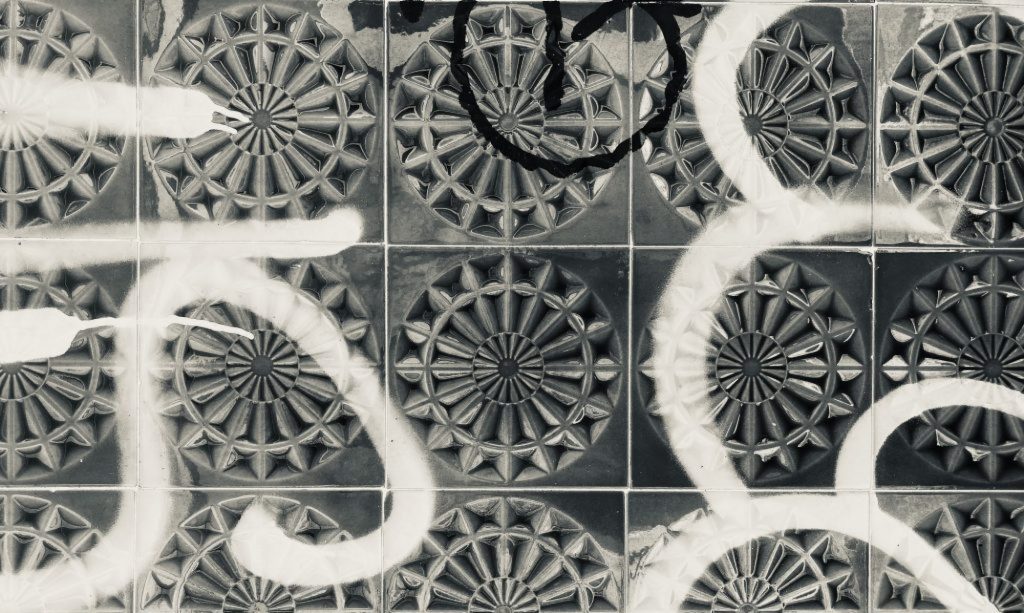Crenshaw’s theory of intersectionality shows how peoples intersecting social and political identities like race, gender, sexual orientation and disability can perpetuate systems of oppression, privilege and marginalisation. Hopefully, without overgeneralising too much, these intersections can create modes of discrimination against the some of the most marginalised groups, and establish “blindspots” (for lack of a better term) and as people who inhabit multiple intersecting identities are not seen or foregrounded in an isolated review and discourse of individual identities. For example, black women being excluded from anti-racism discourse focusing on Black men and feminist discourse focusing on white women (Crenshaw, 1991). The stories and experiences of Ade Adepitan, Chay Brown, and Christine Sun Kim offers a view into how intersecting forms of oppression can reinforce exclusion when only one part of a person’s identity is seen, and how visibility of these marginalised experiences can help push back against sticky systemic discrimination.
Ade Adepitan (2020) is at the intersection of Black identity and physical disability. As a wheelchair user and a person of Nigerian heritage, he experiences exclusion both in the context of race and of disability. Drawing on the social model of disability – which holds that individuals are disabled not by their impairments but by societal barriers to access and inclusion (Oliver, 1990) – Ade argues that exclusion is not an inevitable outcome of impairment, but the product of systemic design. For him, the Paralympics show how disabled people can thrive when structural barriers are removed and access is equitably and inclusively designed. Yet he points out that similar progress is lacking of race, where systemic racism continues to limit opportunity and fairness for Black people.
Chay Brown (2023) identifies as a white, gay, trans man with invisible disabilities and mental health challenges. He benefits from being cis-passing and white in many LGBTQ+ spaces, yet experiences exclusion due to neurodivergence and disability. He describes struggling with unspoken social codes and the sensory overload of LGBTQ+ events, which often assume or default to able-bodied, neurotypical participants. Here, his marginalisation does not come from visibility, but from being overlooked. He is not always seen as disabled, and thus his access needs are often ignored. The intersection of trans identity with disability can lead to blindspots in both discourses and broader recognition of identity––trans experiences may overlook disabled (trans) bodies, while disability experiences (e.g., wheelchair users) may not fully include queer and trans lives.
Christine Sun Kim (2024), a Deaf artist, has intersecting identities of disability, womanhood, parenthood, and racial identity as an East Asian American. Her work is rooted in the need to be seen and understood in a world that routinely silences her. She has been denied access to education and art spaces due to the absence of interpreters and inclusive teaching. Her use of large-scale visual work is a deliberate strategy to “caption the city”—a form of public resistance that reclaims space and visibility for the deaf community. Christine notes that being misunderstood can have material consequences when communication failure affects access to services, education, and safety. Her experience demonstrates how systemic silencing, shaped by language and ableist assumptions, intersects with gender and race to further restrict agency and expression. She also implies how her experience raising a child in Berlin is enabling by state structures providing free daycare. In contrast, the exorbitant costs of raising a child in the US and lack of support, might be considered as disabling, especially when certain identities or experiences combine to exacerbate the ability to support or even start of family, which can impact wellbeing.
Across these accounts, recurring patterns emerge worth discussing: (1) how inclusion built around singular identities—disability without race, queerness without access—the result is partial recognition and systemic neglect. In addition, (2) visibility and platforming of these marginalised identities is a mechanism to push back against bias and systemic discrimination. The social model of disability reminds us that barriers are often built into the world around us, not the individual (Oliver, 1990). But unless these intersectional barriers are understood as layered and overlapping, inclusion of siloed identities can become another form of erasure.
In my own teaching at UAL, I work with students whose identities and responsibilities shape how they access and engage in learning. Several students over the years, who happen to be Black British women and sometimes primary carers for disabled family, commute long distances while managing their studies. They are not necessarily recognised “disabled” (some are neurodiverse) yet their life is constrained by similar barriers—limited access to space, time and rest.
My own positionality—as a white/mixed middle-class American male, now living in the UK—means I’ve had to learn to see class-based discrimination and dynamics that play a non-insignificant part in social dynamics on the course. Also, UK social and political dynamics, particularly around my own experiences of immigration, have shaped my ability to access to work and stability in ways that intersect, with broader systems of exclusion. Due to my relative privilege of where, when and how I grew up and my white identity, I hesitantly talk about my immigration struggles and frustrations, but I do find the restrictions of my status disabling (systemically) to my well-being, growth and livelihood. But this is for another conversation.
References
Adepitan, A. and Webborn, N. (2020). Nick Webborn interviews Ade Adepitan. ParalympicsGB Legends [Online]. Youtube. 27 August. Available at: https://www.youtube.com/watch?v=bnRjdol_j0c
Brown, C. (2023) Interview with ParaPride. Intersectionality in Focus: Empowering Voices during UK Disability History Month [Online]. Youtube. 13 December. Available at: https://www.youtube.com/watch?v=_yID8_s5tjc
Crenshaw, K. (1991). Mapping the margins: Intersectionality, identity politics, and violence against women of color. Stanford Law Review, 43(6), 1241–1299.
Oliver, M. (1990). The Politics of Disablement. London: Macmillan Education UK.
Sun, C. (2024). Christine Sun Kim in ‘Friends & Strangers’ – Season 11 | Art21. [online] YouTube. Available at: https://youtu.be/2NpRaEDlLsI
